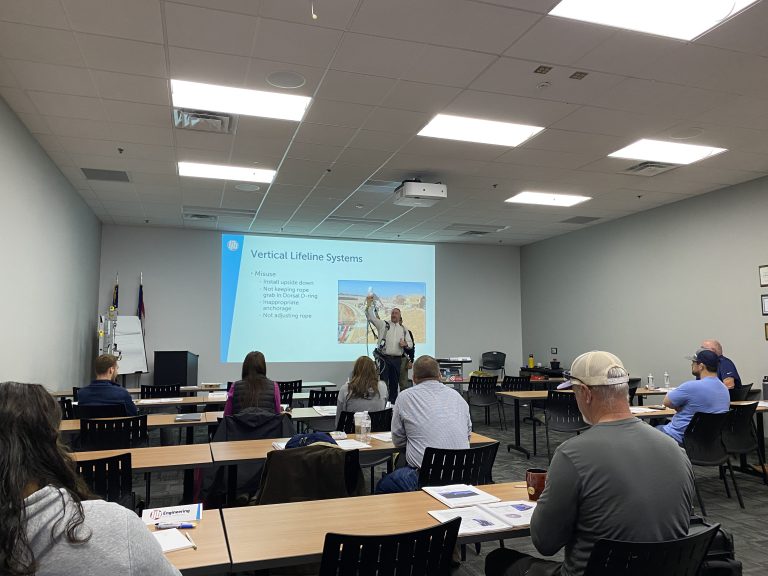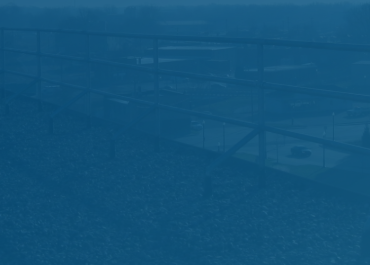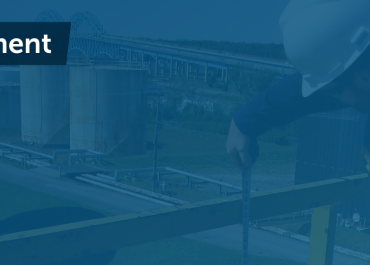The U.S. Bureau of Labor Statistics reported that fall, slip, and trip fatalities in the United States rose from 850 in 2021 to 865 in 2022. That brings the total amount of fall fatalities in the U.S. to 4,191 in the past five years. This should be reason enough to attend fall protection training. However, there are other reasons to attend.
There are several regulations spelled out by the Occupational Safety and Health Administration (OSHA) regarding fall protection training. Staying compliant and avoiding legal issues results in more time and cost savings.
In addition to saving lives, preventing injury, and staying compliant, fall protection training is just good business. According to Liberty Mutual Insurance, falls to a lower-level cost companies $6.09 billion per year. Yes, that’s a billion with a B. If you like reducing costs (who doesn’t?), fall protection training can be considered an investment.

What You Should Expect from Fall Protection Training
While not all fall protection training covers every one of these topics, our experience shows that it’s critical to include all these items. For example, many courses won’t include mention of American National Standards Institute (ANSI) standards or hands-on inspection, which are important for implementing best practices. Here are common topics you will learn in various fall protection training courses:
Fall Protection Basics
You’ll need foundational information on the need for fall protection, OSHA regulations and ANSI standards, as well as basic fall protection terminology.
How to Manage a Fall Protection Program
There’s a lot that goes into a fully managed fall protection program. We’ll dive into the approach and connectivity for identifying, evaluating, eliminating, and controlling hazards.
Identifying and Controlling Fall Hazards
Learn about common fall hazards and the three buckets of hazards you can group into: means of access hazards, location hazards, and hidden hazards. In addition, you will learn strategies to eliminate these hazards.
Fall Protection Personal Protective Equipment (PPE)
Discover proper uses, common misuses, inspection, and maintenance of fall protection PPE. This includes hands-on inspections of various PPE. In addition, this section covers system use and rescue procedures.
Fall Clearance Calculations
You will practice calculating the required clearance to ensure workers avoid striking any objects or the ground. The instructor will walk you through all the factors and how to calculate the necessary clearance.
Rescue
There’s more than meets the eye when it comes to rescue. Did you know trauma can occur if someone falls and remains suspended? Every step of the process is critical. This section helps you understand the theory behind rescue and outlines how to develop a plan and procedure in case a worker does fall from height.
Each Training is Different
Each type of training dictates a different curriculum. There is plenty more to learn in any of the training programs you choose. The key is taking action and making sure every worker at height goes home safely.
Fall Protection Training Courses

Next, let’s dive deeper into fall protection training courses. At minimum, we recommend any worker in the safety/fall protection field attend Authorized Person fall protection training regardless of role.
By attending that training, you can understand how to use equipment properly and how it will be utilized effectively. In fact, OSHA 1926.503(a)(1) states, “An employer shall provide a training program for each employee who might be exposed to fall hazards, with the program enabling each employee to recognize the hazards of falling and training each one in the procedures to be followed to minimize these hazards.” Below are training options you can consider
Authorized Person Training
Authorized Person training is for anyone working at heights and who uses fall protection equipment. In an ideal world, anyone involved with fall protection would attend this training at minimum.
- Duration: 1 day (8 hours)
- Key learnings:
- Understand and follow the OSHA, ANSI, and local regulations and standards for fall protection.
- Choose the appropriate fall protection system for your task.
- Don and doff your fall protection equipment correctly.
- Inspect and maintain your fall protection equipment.
- Identify and assess fall hazards in your work area.
- Perform a pre-use inspection and a buddy check.
Competent Person Training
Competent Person training is for supervisors, safety professionals, program administrators, managers, and facility engineers. In these roles, you are responsible for identifying and eliminating present and future hazards in the workplace. Competent Person training will help you feel confident in making those decisions as well as supervising the use of fall protection systems.
- Duration: 3-5 days (24-40 hours)
- Key learnings:
- Select, use, and inspect appropriate fall protection equipment, such as anchors, body wear, and connecting devices.
- Understand and follow the OSHA, ANSI, and local regulations and standards for fall protection.
- Perform formal inspections and maintenance of fall protection and rescue equipment.
- Develop and implement a fall protection procedure and rescue plan.
- Apply the hierarchy of controls to eliminate or reduce fall hazards.
- Recognize and assess fall hazards in your workplace.
- Calculate fall clearances and minimize fall forces.
Qualified Person Training
Safety engineering professionals, project engineers, facilities engineers, and design engineers are best suited for Qualified Person training. These roles are involved in selection, design, and use of PPE-based fall protection systems that consider worker safety, productivity, and the work environment.
- Duration: 5 days (40 hours)
- Key learnings:
- Active fall protection system design and types.
- OSHA regulations and ANSI standards.
- Fall hazard abatement and controls.
- Anchorage strength requirements.
- Fall protection equipment.
- Fall clearance calculations.
- System use and rescue procedures.
- Math in fall protection.
- System certification.
Inspection Training
Safety engineering professionals, project engineers, facilities engineers, and design engineers can benefit from this training due to their heavy involvement in selection, design, and use of PPE-based fall protection systems. Properly inspecting equipment is a key part of safely using these systems.
- Duration: 1 day (8 hours)
- Key learnings:
- Inspection process and procedures.
- Manufacturers’ requirements.
- Storage and maintenance.
- Proper record keeping.
- Standards/regulations.
- Equipment marking.
- Hands-on training.
Refresher Training
Supervisors, safety professionals, program administrators, managers, facility engineers, and any safety professional can all benefit from refresher training. According to OSHA 1926.503(c) and OSHA 1910.30(c), retraining is required if an employer feels an employee does not have the necessary skill or understanding, or other changes in the workplace that would require updated training. Alternatively, ANSI standards recommend retraining every 2 years for Competent and Authorized Persons and every 2 years for Authorized and Competent Rescuers along with an annual drill.
- Duration: 1 day (8 hours)
- Key learnings:
- Condensed version of Authorized training.
- New information related to regulations, standards, equipment and best practices.
Rescuer Training (Competent & Authorized)
Authorized Rescuer training is for anyone who will be performing or assisting in rescuing workers from PPE-based fall protection systems. If you will be providing rescue training to Authorized Rescuers, Competent Rescuer training is for you.
- Duration: 2-3 days depending on which one you attend (16-24 hours)*
- Key learnings:
- Rescue procedures.
- Team based rescue.
- Single person rescue.
- Basic rope work and knots.
- Equipment/inspection overview.
- OSHA regulations and ANSI standards.
- Hands-on training scenarios/simulated training exercises.
- Special considerations: confined space rescue, medical considerations (suspension trauma).
*Competent rescuer training is longer and more in-depth than Authorized Rescuer training.
System Specific Training
All safety professionals can benefit from custom fall protection training for your organization.
- Key learnings:
- Customized fall protection training based on the specific systems in use within your organization.
Training with LJB
Fall Protection Training We Offer
LJB Engineering offers the following training programs:
- Authorized Person Fall Protection Training
- Competent Person Fall Protection Training
- Qualified Person Fall Protection Training
- Inspection Training
- Refresher Fall Protection Training
- Authorized Rescuer Training
- System-Specific Training
If you’re interested in any of our training offerings, please fill out this form for more information.
Upcoming Training
LJB has Competent Person training courses available across the United States in 2024. Stay tuned for 2025 dates.
- September 24-26, 2024 (Washington D.C.)
- December 10-12, 2024 (Charlotte, NC)
As you can see, there is a lot of valuable knowledge to be gained through fall protection training and a wide variety of training options depending on the role you play in a fall protection program.
Take your pick on the justification for fall protection training. Saving headaches from compliance and legal issues. Saving time and costs from accidents and legal action. But most importantly, saving lives.
Please fill out this form if we can answer any fall protection training questions. You can learn more and register for available training courses HERE.



